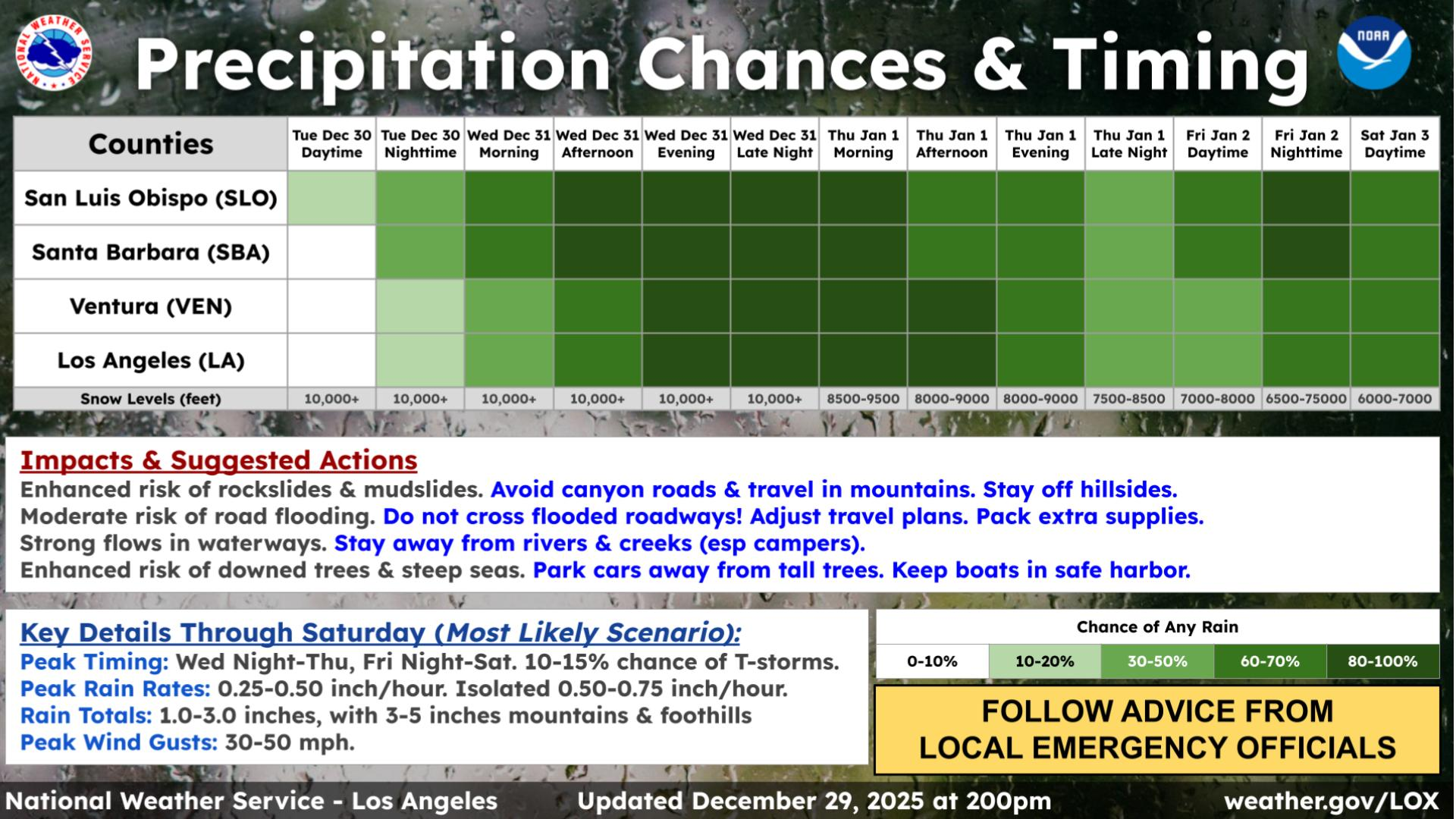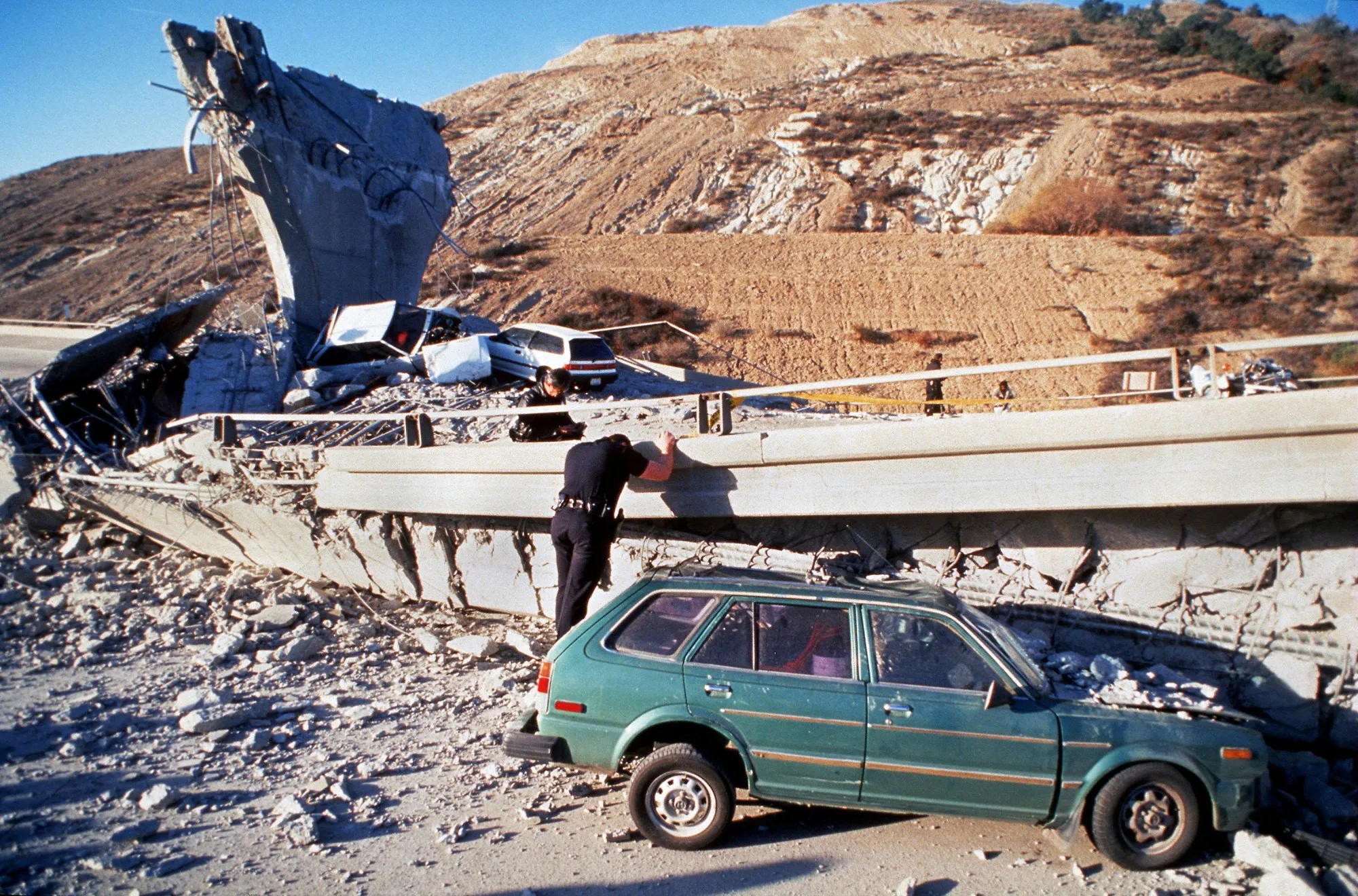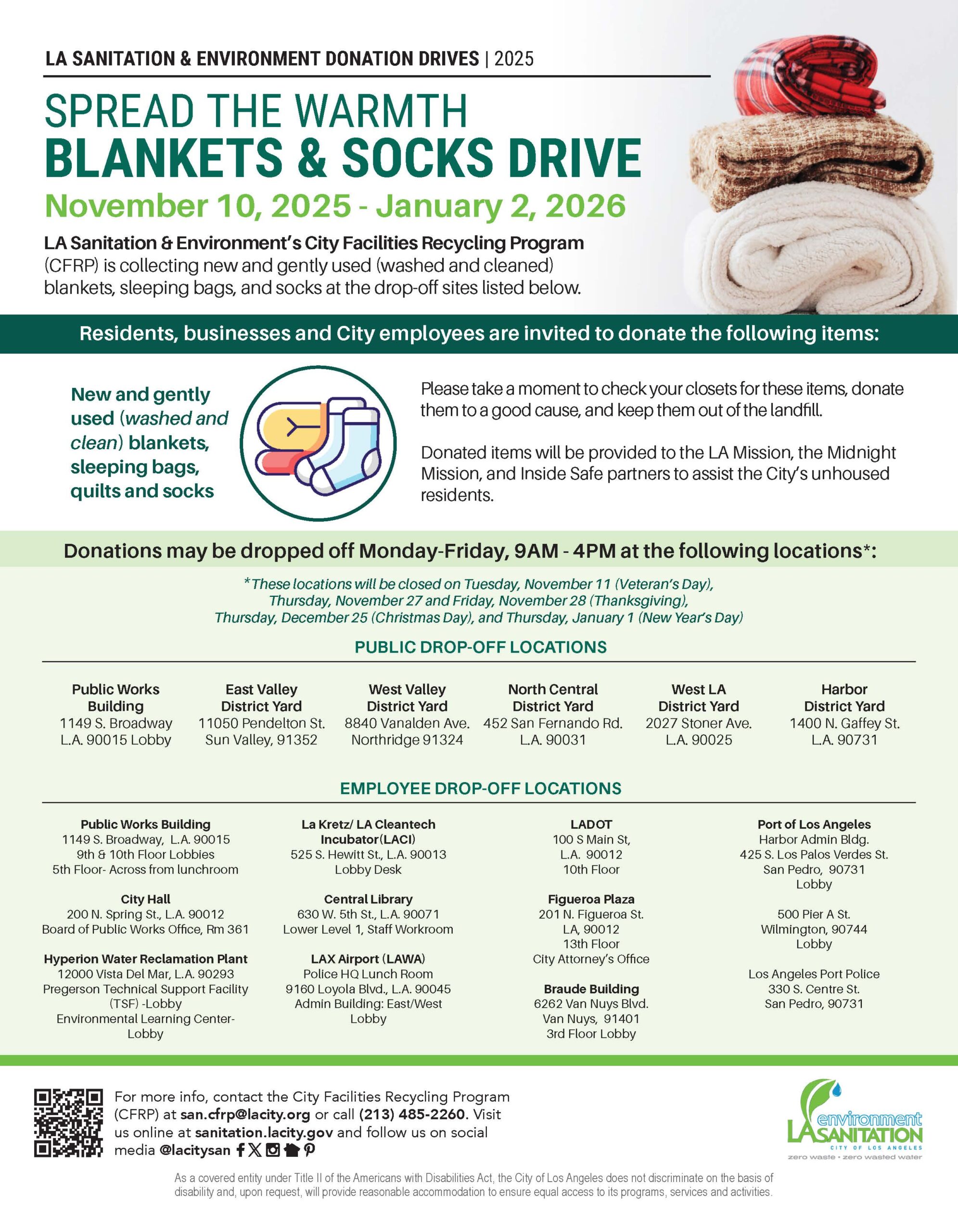
With the unpredictable and destructive nature of earthquakes, a few extra seconds of notice can make all the difference in the world.
That’s why the California Office of Emergency Services is reminding residents to download the state’s MyShake App, a free tool that delivers alerts and warnings for earthquakes.
The app, developed by UC Berkeley in partnership with United States Geological Survey ShakeAlert and Cal OES, is available for mobile devices through the Google Play store and Apple App store and allows residents to input their home town and receive alerts as soon as ground sensors detect significant shaking.
“This can provide vital seconds of notice to prepare for shaking,” said Jon Gudel, a spokesperson for the Cal OES Earthquake Early Warning team. “Think of all the apps you have on your phone now, none of them could potentially save your lives, especially in Southern California with all the seismic active areas.”
The MyShake App is available in English, Spanish, Chinese, Vietnamese, Korean and Filipino, can be download from smartphone app stores, or directly from the MyShake website myshake.berkeley.edu/.
How earthquake early warning systems work
Earthquake early warning systems have long been implemented in quake-prone countries like Mexico and Japan, with California becoming the first state in the United States to offer a statewide early warning system when the Earthquake Warning California System launched in 2019.
The system operates by taking data from more than 900 sensors positioned across the state that can detect earthquakes.
When an earthquake triggers the sensors, that data is sent to processing centers to locate the earthquake, determine the magnitude, and the estimated shaking. The MyShake App then sends a warning to smartphone users that have installed the app and are in the vicinity of the earthquake.
“An earthquake is a rupturing fault that typically comes in two waves,” Gudel said. “The first wave is faster moving, and we use the data from that to transmit to alert centers and then users before the slower, more damaging second wave behind it.”
Residents will only receive notifications for quakes with a magnitude 4.5 or higher, Gudel said.
How much time is there between the warning and shaking?
When it comes to early warning alerts for earthquakes, warnings are measured in seconds because the tools are reacting to events in real time.
“We can’t predict earthquakes, and these alerts we send out are not predictions,” Gudel said. “They’re warnings.”
As a result, the amount of time between a warning and feeling the shaking can vary based on where a person is in relation to the temblor.
“The closer to the epicenter of a quake you are, the less time you are going to have to prepare,” Gudel said. “For an earthquake based in a populated downtown setting, the epicenter won’t be able to get the alert before the shaking starts and you’re not going to have time to react.”
A 4.4 quake centered in Highland Park rattled Southern California on Monday, Aug 12, lasting for several seconds and carrying some violent jolts.
Kourtney Jensen, who resides in Glendale, said she was in the bathroom of her apartment on the sixth floor when she got a MyShake notification on her phone.
“Like 10 seconds later the whole place was shaking, things were falling off the counter,” Jensen said. “It wasn’t much of a heads up but it was better than nothing and at least I could brace for it.”
Her roommate, who had also installed the app on her phone, was at work in Pasadena when the quake struck and did not receive a notification until after the shaking had begun.
Other ways to prepare for an earthquake
Earthquake preparedness is a common topic in California, but can get overlooked.
Gudel said it is good practice to have an emergency kit ready to go, including items like canned foods, fresh water and a first aid kit.
Some other quick ways to prepare are:
- Learn to use a fire extinguisher.
- Put together an emergency supplies kit.
- Know how to shut off utilities.
- Establish local and out-of-area emergency contacts.
- Participate in first-aid classes or community response team training.
Original article can be found here: https://www.dailynews.com/2024/08/13/what-to-know-about-californias-earthquake-early-warning-system-myshake/



